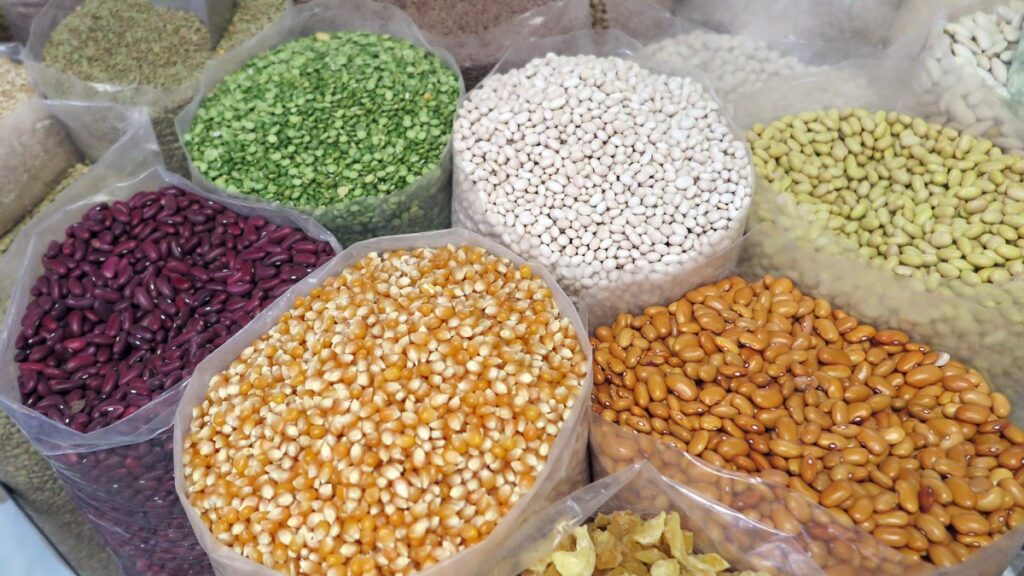Minimum Support Price – The Minimum Support Price (MSP) is a crucial aspect of agricultural policies worldwide, aimed at providing price support and income security to farmers. Essentially, MSP is the minimum price guaranteed by the government to farmers for their produce, ensuring they receive a fair return for their efforts. In this article, we delve into the intricacies of MSP, its significance, and its impact on agriculture.
History of MSP

The concept of MSP has its roots in the early 20th century when various countries began implementing price support mechanisms to stabilize agricultural incomes. Over the years, MSP systems have evolved, with each country tailoring its approach to suit its agricultural landscape and economic goals.
Factors Influencing MSP
Several factors influence the determination of MSP, including the cost of production, market demand and supply dynamics, and government policies. The MSP is often set considering input costs, labor expenses, and desired profit margins for farmers.
Benefits of MSP
MSP plays a crucial role in ensuring income security for farmers, especially during times of market volatility. By offering a guaranteed price floor, MSP provides stability and encourages farmers to invest in agricultural production without the fear of price fluctuations.
Criticism of MSP
Despite its benefits, MSP has faced criticism, particularly regarding its potential to distort market prices and create fiscal burdens for governments. Critics argue that MSP can lead to overproduction of certain crops, disrupting market equilibrium and leading to wastage.
MSP in India
In India, MSP holds immense significance due to the country’s agrarian economy and large population dependent on agriculture. The Indian government announces MSP for various crops each year, with agencies like the Food Corporation of India (FCI) and Agricultural Produce Market Committees (APMCs) playing vital roles in MSP operations.
Recent Developments and Reforms
In recent years, MSP in India has been a topic of intense debate and discussion, particularly in the context of farmer protests and demands for MSP guarantees in legislation. The government has introduced reforms aimed at addressing farmer concerns while ensuring the sustainability of MSP mechanisms.
Challenges and Future Outlook
Despite its importance, MSP faces several challenges, including the rising costs of production, market globalization, and environmental concerns. Moving forward, policymakers need to strike a balance between ensuring farmers’ income security and promoting sustainable agricultural practices.
Conclusion
In conclusion, Minimum Support Price (MSP) serves as a crucial tool for safeguarding farmers’ incomes and stabilizing agricultural markets. While MSP has its shortcomings, its role in ensuring food security and rural livelihoods cannot be understated. As we navigate the complexities of modern agriculture, MSP will continue to evolve, adapting to changing market dynamics and farmer needs.
FAQs
- What is the purpose of Minimum Support Price?
- The primary purpose of MSP is to provide price support and income security to farmers by ensuring they receive a minimum guaranteed price for their produce.
- How does MSP affect farmers’ income?
- MSP helps stabilize farmers’ income by offering a price floor for their crops, shielding them from market fluctuations and uncertainties.
- Can MSP lead to overproduction?
- Yes, MSP can incentivize overproduction of certain crops, leading to market imbalances and surplus stocks.
- Are there any drawbacks to MSP?
- Critics argue that MSP can distort market prices, create fiscal burdens for governments, and discourage diversification in agriculture.
- How does MSP differ between countries?
- MSP mechanisms vary between countries based on their agricultural policies, market structures, and economic priorities.



